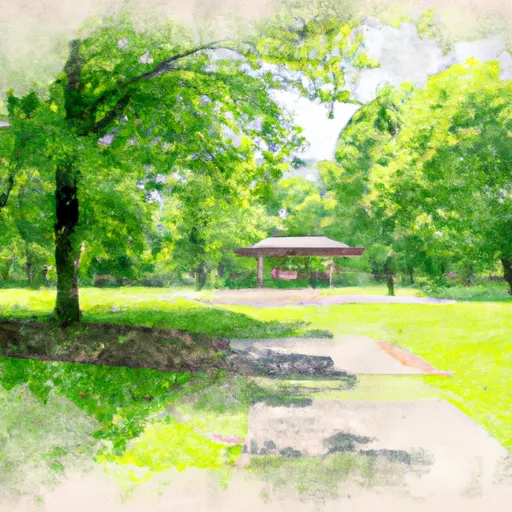Hopewell Culture National Historic Park
Rate this placeLast Updated: December 28, 2025
Hopewell Culture National Historic Park is a historical site located in Ohio that features the remains of a prehistoric Native American culture from around 100 B.C.
°F
°F
mph
Wind
%
Humidity
Summary
to 500 A.D. The park covers over 2,000 acres and includes several mounds, earthworks, and artifacts that give insight into the lives of the Hopewell people.
Some good reasons to visit Hopewell Culture National Historic Park include its fascinating history, beautiful natural surroundings, and educational opportunities. Visitors can explore the park's various trails, picnic areas, and visitor center to learn more about the Hopewell culture and the park's significance.
Specific points of interest to see in the park include the Mound City Group, which is a complex of 23 mounds and earthworks, and the Hopewell Culture Visitor Center, which features exhibits, films, and educational programs about the park's history and significance.
Interesting facts about the park include that it is a UNESCO World Heritage Site and that the Hopewell culture was one of the most advanced prehistoric Native American cultures in North America.
The best time of year to visit Hopewell Culture National Historic Park is in the spring or fall when the weather is mild and the park's natural beauty is at its peak. Summer can be hot and humid, while winter can be cold and snowy, so visitors should plan accordingly.
Weather Forecast
Park & Land Designation Reference
Large protected natural areas managed by the federal government to preserve significant landscapes, ecosystems, and cultural resources; recreation is allowed but conservation is the priority.
State Park
Public natural or recreational areas managed by a state government, typically smaller than national parks and focused on regional natural features, recreation, and education.
Local Park
Community-level parks managed by cities or counties, emphasizing recreation, playgrounds, sports, and green space close to populated areas.
Wilderness Area
The highest level of land protection in the U.S.; designated areas where nature is left essentially untouched, with no roads, structures, or motorized access permitted.
National Recreation Area
Areas set aside primarily for outdoor recreation (boating, hiking, fishing), often around reservoirs, rivers, or scenic landscapes; may allow more development.
National Conservation Area (BLM)
BLM-managed areas with special ecological, cultural, or scientific value; more protection than typical BLM land but less strict than Wilderness Areas.
State Forest
State-managed forests focused on habitat, watershed, recreation, and sustainable timber harvest.
National Forest
Federally managed lands focused on multiple use—recreation, wildlife habitat, watershed protection, and resource extraction (like timber)—unlike the stricter protections of national parks.
Wilderness
A protected area set aside to conserve specific resources—such as wildlife, habitats, or scientific features—with regulations varying widely depending on the managing agency and purpose.
Bureau of Land Management (BLM) Land
Vast federal lands managed for mixed use—recreation, grazing, mining, conservation—with fewer restrictions than national parks or forests.
Related References

 Camp Sherman Memorial Park
Camp Sherman Memorial Park
 Yoctangee Park
Yoctangee Park
 Great Seal State Park
Great Seal State Park
 Mary Lou Patton Park
Mary Lou Patton Park
 Logan Elm State Memorial Park
Logan Elm State Memorial Park